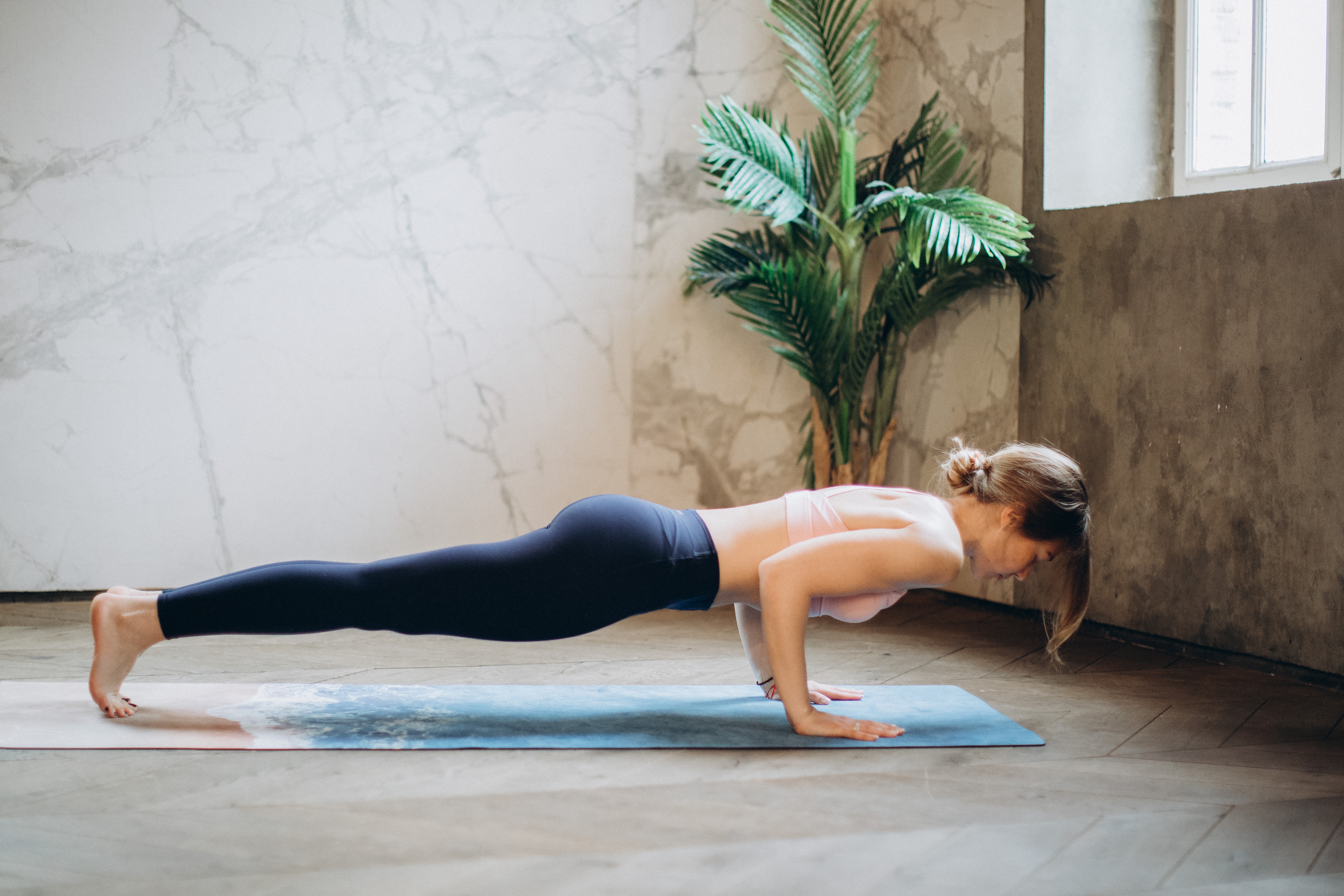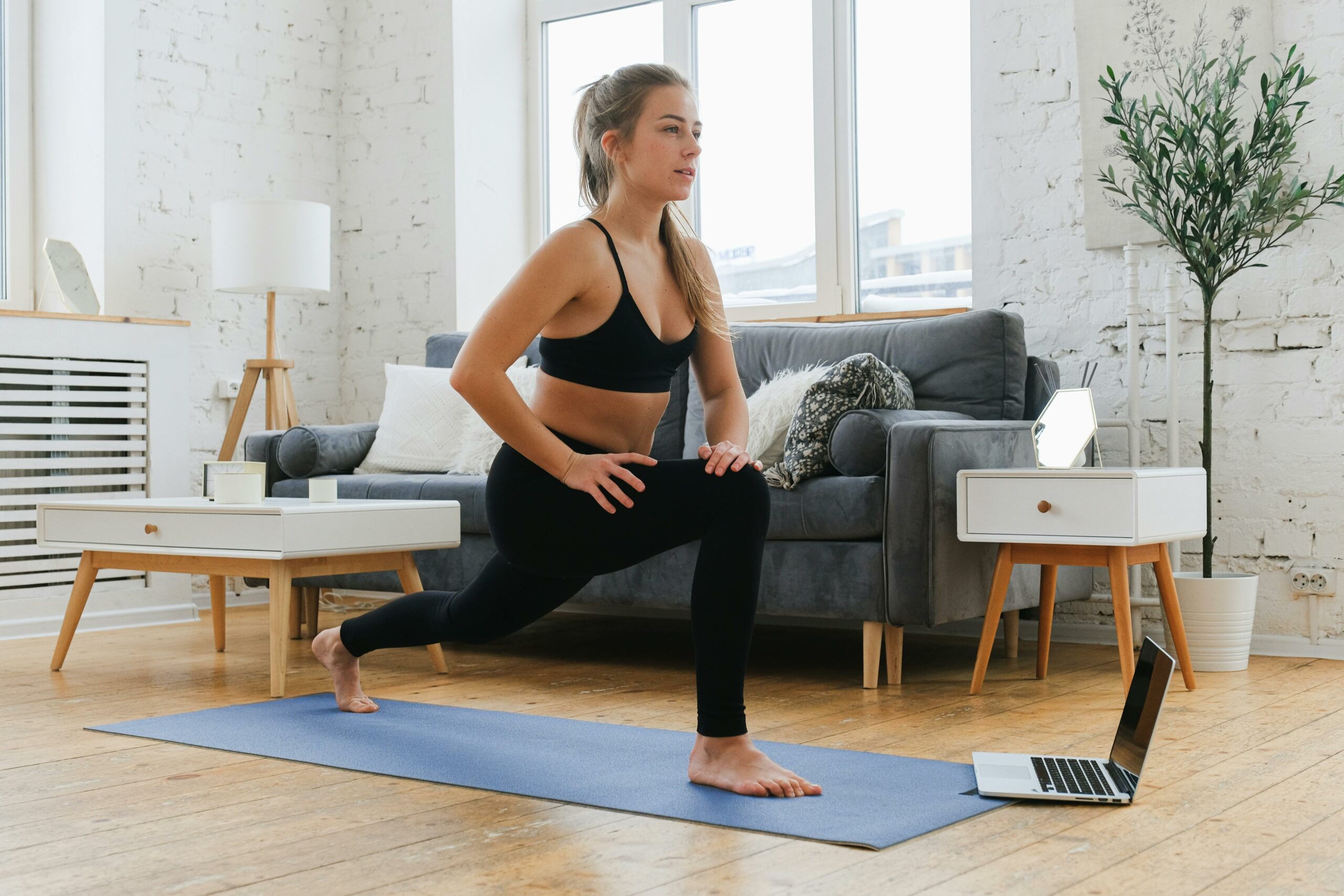Yoga is an ancient practice that can profoundly transform your physical health and wellbeing. Originating in India thousands of years ago, it has evolved into various styles and forms that all serve to enhance the human experience. Through gentle flowing movements, mindful breathing, and meditation, yoga helps you tune into your body and access a deeper sense of inner peace. By practicing yoga regularly, you can enjoy a wide range of benefits for your overall health, fitness, and vitality. Let’s delve deeper into how yoga can boost your physical wellness in body, mind, and spirit.

The Benefits of Yoga for Your Body
When practiced consistently, yoga tones and strengthens muscles throughout the entire body. Flowing through sequences of yoga poses, known as asanas, builds lean muscle mass, improves posture and balance, and increases bone density. These physical benefits help support your body’s strength, vitality, and resilience. The practice also enhances flexibility and range of motion in the joints through controlled, gentle movements. As you flow through sequences of poses, yoga releases tension held in the muscles and allows you to open tight areas of the body, such as the hips, hamstrings, and shoulders. This release of physical tension relieves chronic stress and anxiety, which are often stored in the body’s tissues.
Yoga helps calm both the body and mind. The practice also boosts energy levels and circulation as you gently stimulate organs and oxygenate tissues and cells. By incorporating poses that twist, stretch, and compress different parts of the body, yoga ensures a detoxifying effect, aiding in the removal of toxins and promoting a healthy lymphatic system. Furthermore, yoga is a wonderful way to counteract the physical effects of daily stress, which can include headaches, fatigue, and compromised immune function.
Why Yoga is a Complete Practice
More than just physical exercise, yoga links specific body postures with deep breathing and meditation. This mind-body connection is what makes yoga a uniquely complete practice. The yoga postures gently strengthen and loosen the body while controlled breathing relaxes the nervous system. These physical components get combined with a meditative mental focus, bringing harmony to body, mind, and spirit. Regularly practicing yoga unites all aspects of your inner and outer being into an integrated state of health and wellness.
The holistic nature of yoga means that it addresses not just the physical dimension of our health but also the emotional and psychological aspects. It encourages self-awareness and mindfulness, which can lead to better decision-making in daily life, including choices about nutrition, sleep, and how we react to stressful situations. By fostering a sense of connection to oneself and the world around us, yoga can also enhance personal relationships and a sense of community.
Adding Meditation and Conscious Breathing
In yoga, conscious breathing and meditation complement the physical movements. Meditation creates mental calmness by training your mind to stay focused in the present moment. Yoga teaches you to observe your thoughts without judgment. This practice calms anxiety and clears away distracting thoughts. Controlled yogic breathing, or pranayama, also cultivates relaxation. As you coordinate breath with movement, your breathing pattern slows down. This induces your body’s natural relaxation response. Your heart rate lowers, muscles release tension, and blood pressure decreases. Together, meditation and conscious breathing amplify the stress-relieving benefits of the physical yoga practice.
The various breathing techniques in yoga, such as Ujjayi (victorious breath), Kapalabhati (skull shining breath), and Nadi Shodhana (alternate nostril breathing), serve different purposes and can be used to energize, cleanse, or balance the body and mind. These practices can be particularly beneficial for those suffering from respiratory conditions, as they improve lung function and increase the capacity for breath.
Yoga and Meditation
Yoga’s meditative practices also extend to include mindfulness meditation, mantra chanting, and visualization techniques, all of which serve to deepen the connection between the practitioner and their inner self. These practices help in cultivating a state of equanimity and compassion, which can have profound effects on one’s mental health and overall outlook on life.
Yoga is a wonderful way to care for your whole self – body, mind, and spirit. By practicing yoga regularly, you can boost your physical health while also cultivating inner peace. Yoga helps unite and heal all aspects of your being. It encourages a lifestyle of balance and harmony, where the health of the individual is seen as interconnected with the health of the community and the natural world. Bringing yoga into your daily life will enhance your overall health, vitality, and wellbeing.
Conclusion
The practice of yoga is adaptable to all ages and levels of fitness, making it accessible to a wide audience. Whether you are a seasoned athlete looking to enhance your performance and recovery or someone seeking relief from the aches and pains of aging, yoga offers modifications and variations to meet your needs. It is a practice that grows with you, offering deeper and more profound benefits as you continue on your journey.
Why not start practicing yoga today? Your body and mind will thank you! With the guidance of a qualified instructor, you can embark on a path that leads to greater strength, flexibility, and peace of mind. As you commit to a regular practice, you may find that yoga becomes more than just a form of exercise; it becomes a way of life, imbued with a philosophy that promotes compassion, mindfulness, and a deep connection to the present moment. Yoga is not just about the time spent on the mat; it’s about how the lessons learned there translate into a more mindful and fulfilling life off the mat.”





